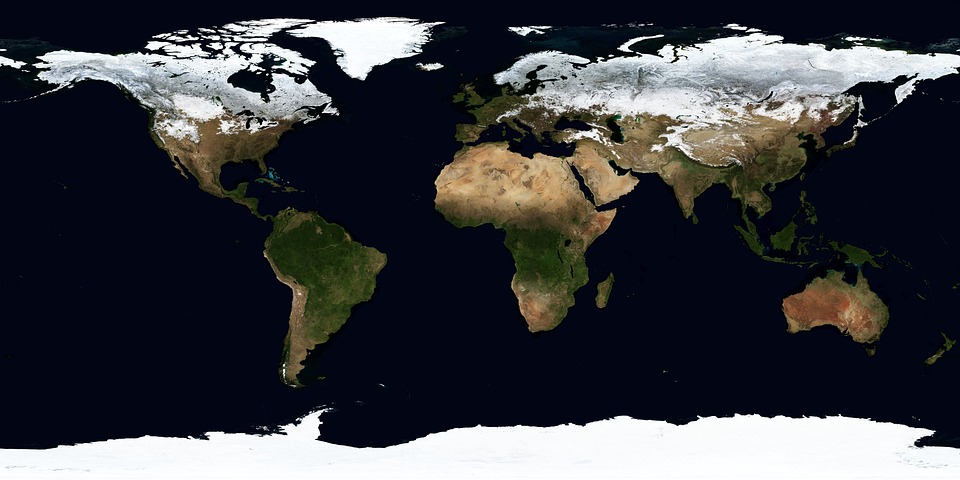Natural disasters have long been a part of the human experience, reshaping landscapes and communities alike. From hurricanes and wildfires to floods and earthquakes, these events remind us of both the fragility of our infrastructure and the resilience of the human spirit. The past few years have seen an uptick in severe weather events exacerbated by climate change, prompting us to reflect on the lessons learned from recent natural disasters. This article aims to distill vital insights for individuals, communities, and policymakers as we prepare for an uncertain future.
Understanding the Increasing Frequency of Disasters
The World Meteorological Organization has reported a drastic increase in the frequency and intensity of weather-related disasters, which can be attributed to climate change. Rising global temperatures contribute to extreme weather patterns, resulting in more powerful storms, prolonged droughts, and devastating wildfires. The recent hurricanes that battered the Gulf Coast and the wildfires that scorched California exemplify the increasing severity of these events.
Lesson 1: Importance of Preparedness
Preparedness is the cornerstone of disaster readiness. Individuals and families should create a comprehensive emergency plan that includes supplies, communication strategies, and evacuation routes. Communities also play a crucial role in preparedness by establishing early warning systems and holding regular drills.
Recent disasters have shown that having a well-stocked emergency kit—including food, water, medications, and first-aid supplies—can be the difference between life and death. In the aftermath of Hurricane Ida, many families who had prepared in advance fared significantly better than those who were unprepared. Such proactive measures not only safeguard lives but also reduce anxiety during chaotic situations.
Lesson 2: Community Resilience and Solidarity
Natural disasters bring out the best in humanity, highlighting the importance of community. The outpouring of support witnessed during and after events like Hurricane Harvey in Texas and the wildfires in Australia showcased how neighbors can come together in times of crisis. Community networks are essential for sharing resources and knowledge.
Establishing local support systems—like neighborhood watch groups and community centers that can serve as shelters—provides immediate assistance during disasters and fosters long-term relationships among residents. Individuals can contribute to community resilience by participating in local disaster preparedness training and volunteering for areas such as search and rescue or first aid.
Lesson 3: The Role of Technology
Technology has revolutionized disaster response and management. From mobile apps providing real-time alerts to drones surveying disaster-affected areas, technological advancements can greatly increase the efficiency of response efforts. Social media platforms have proven invaluable for disseminating information and facilitating communication during emergencies.
Recent disasters revealed gaps in technology accessibility, particularly for vulnerable populations. Efforts to ensure that technology serves everyone, regardless of socio-economic status or geographic location, will be crucial in building a comprehensive disaster response strategy.
Lesson 4: Environmental Stewardship
Recent wildfires have underscored the devastating impact of poor land management and climate change. Establishing controlled burns and maintaining firebreaks can reduce the intensity of wildfires, while restoring wetlands can mitigate flooding. Understanding the relationship between environmental stewardship and disaster resilience is vital.
Communities must incorporate sustainable practices into their planning, including improved building codes, green infrastructure, and enhanced land-use management. Policymakers should prioritize environmental health to minimize the risks associated with natural disasters, valuing ecosystems not just for their beauty but for their ability to protect us.
Conclusion: A Call to Action
As climate change continues to pose unprecedented challenges, it is crucial to embrace the lessons learned from recent natural disasters. Preparedness, community resilience, technological integration, and environmental stewardship are not just buzzwords; they are actionable strategies that can save lives, property, and resources.
Every storm serves as a stark reminder of the fragility of existence but also offers the chance to rebuild, reimagine, and fortify our collective future. By learning from past experiences and implementing proactive measures, we can better withstand the storms of tomorrow and cultivate a culture of resilience and solidarity. Together, we can face the winds of change and emerge stronger from the tempest.





